11 things you should never put in a blender, warn experts
Did you know there are certain things you should never put in a blender? Here we unpack what those ingredients are and why to avoid them, according to the experts
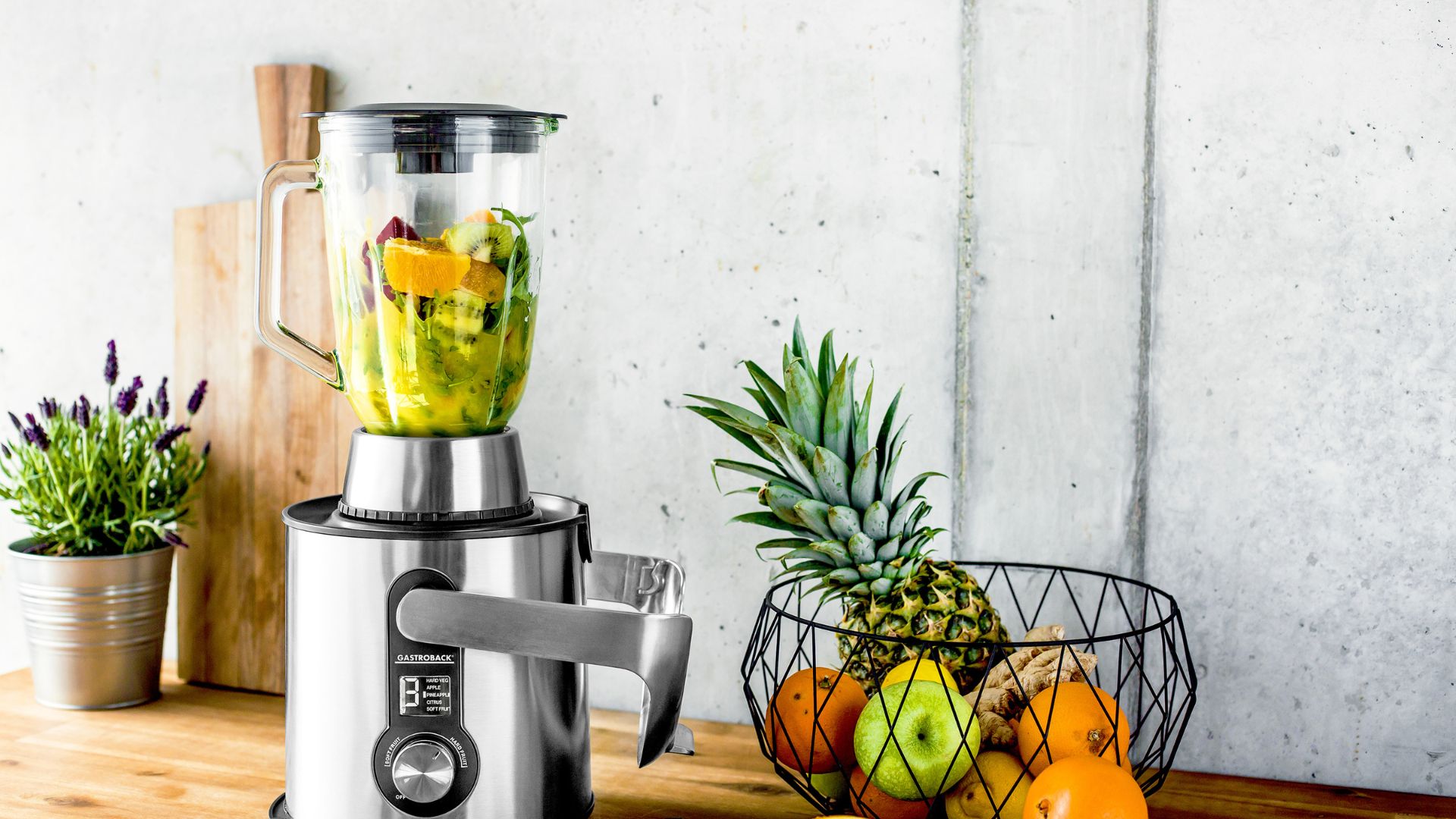
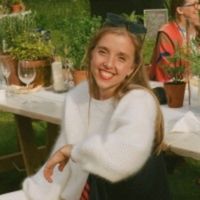
Did you know there are some things you should never put in a blender? While the best blenders on the market are some of the most versatile pieces of kitchen kit you can invest in, from whizzing up soups to chopping up a salsa, there are common pitfalls to avoid when it comes to the ingredients you use.
Most things are absolutely fine to be thrown in, but there are certain things you should never put in a blender, because in the same vein as things you should never put in a microwave or things you should never put in a washing machine you could damage the appliance. Some foodstuffs are too hard, which will tire your motor and eventually lead to breakages if you’re not careful, while other ingredients might blunt blades or even lead to personal injuries.
Even for seasoned pros, there are some surprising items on the list, including everyday store cupboard staples like spices and even ice.
11 things you should never put in a blender
To remove the mystery, we’ve asked the experts - from chefs through to technical specialists - to detail their tips on things you should never put in a blender below.
1. Ice
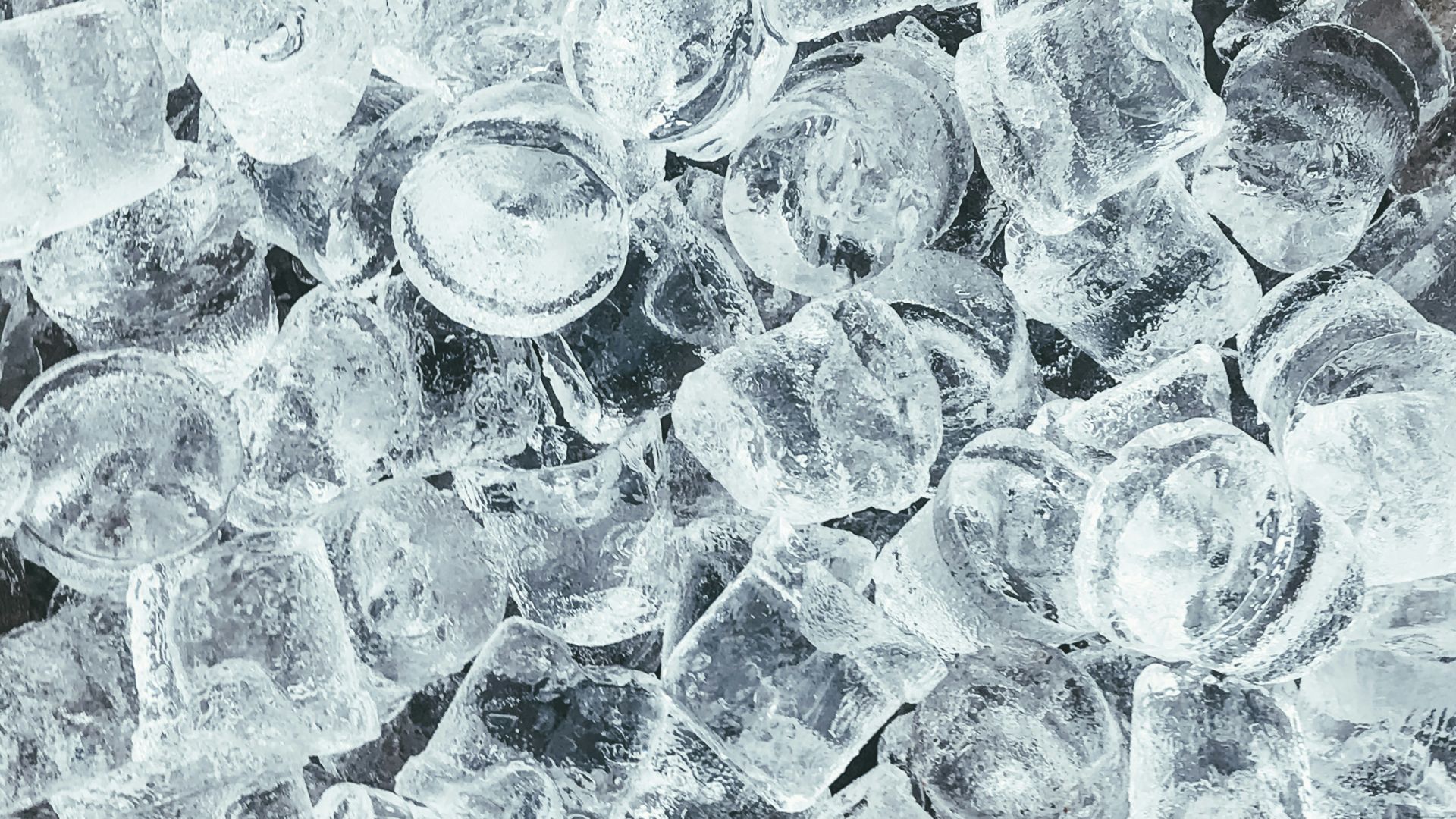
Some blenders can handle crushing ice, but you need to be careful with specific machines
This is a controversial one, given lots of people use their blenders to make smoothies, cold drinks or chilled recipes like gazpacho - many of which call for ice in their easy blender recipes.
However, some blenders don’t have powerful enough motors to support crushing ice, and eventually - if you own a model not specifically designed to break through ice - you’ll wear out the motor resulting in the need for a repair or a full replacement.
If you know that you’re going to want to use ice in your blender before you buy your machine, it’s worth looking at different brands’ specifications as some will outline that their mechanics have been tested against particular functionalities, like grinding ice. It might be worth seeing if your best food processor is better suited to this task.
Sign up to our free daily email for the latest royal and entertainment news, interesting opinion, expert advice on styling and beauty trends, and no-nonsense guides to the health and wellness questions you want answered.
Best blender for crushing ice: Kenwood BLP41.A0CT Blend-X Fresh Blender, RRP £66.99
In our buying guide, our tester identifies this model as the best for dealing with ice because it comes equipped with a dedicated ice crush button.
2. Hot liquids
We’ve all been there, having made a soup for lunch and impatiently wanting to blend it while it’s still hot to provide a meal without delay. The problem with this is that fairly often blending a boiling hot liquid - like soup - results in a bit of a kitchen nightmare.
As hot liquids are added to the blender, they release steam which quickly creates pressure. This pressure can build and create enough force to make the liquid explode, lifting the top off of the blender and resulting in a very messy kitchen at best and extreme burns at worst.
To save having to clean the kitchen as a result, instead, try to wait until liquids have cooled considerably before blending, and always hold the lid on firmly with one hand while in action. One of the best hand blenders might also be a good consideration at this point.
3. Potatoes
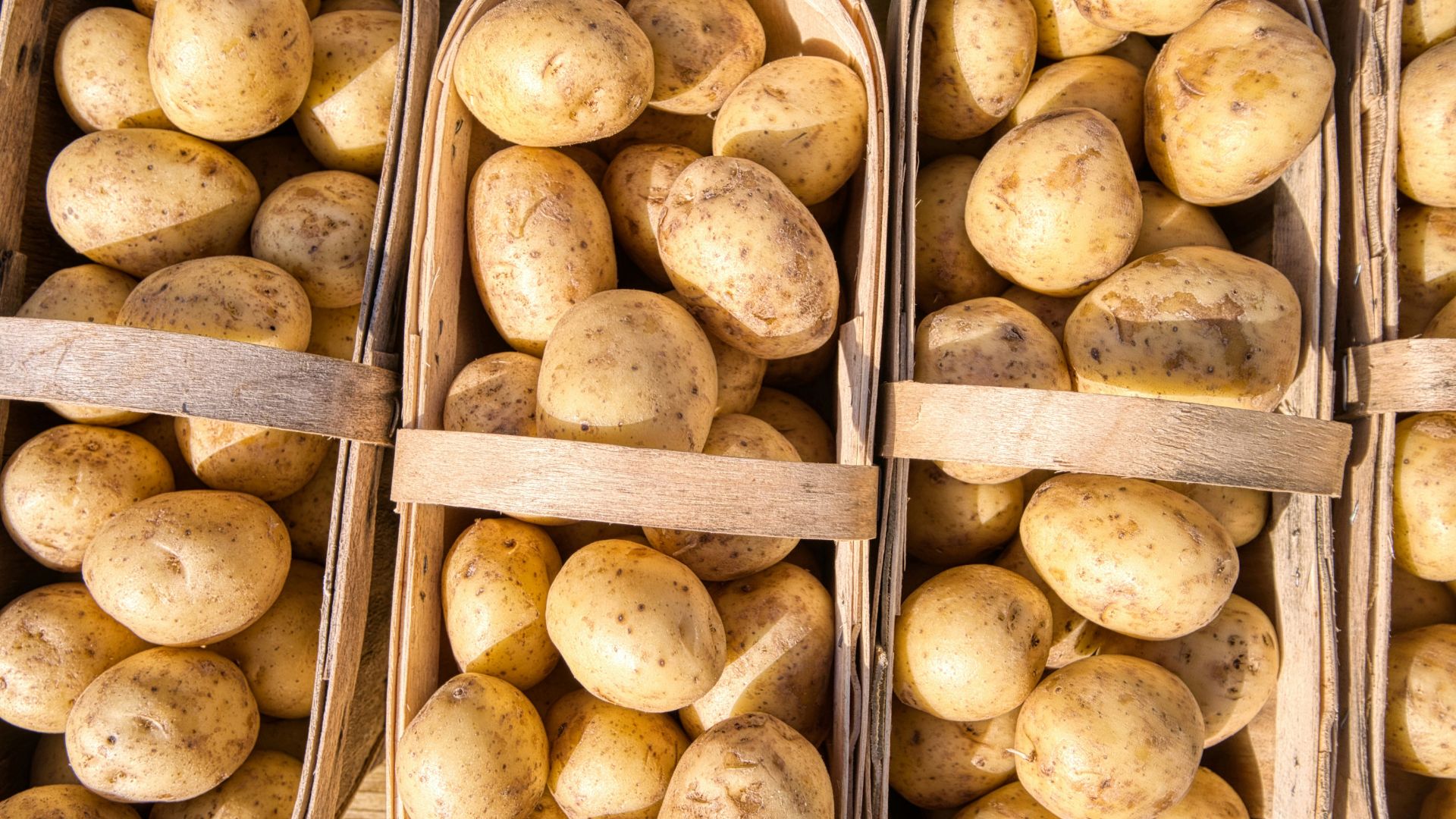
You might not expect the reason for never putting potatoes in your blender...
Everyone wants smooth mashed potatoes, that’s a given, because there’s nothing worse than lumpy, school dinner-style spuds to ruin your dinner. The answer to getting wonderfully silky potatoes doesn’t lie in using your blender though.
This popular root veggie contains a lot of starch, which you want to agitate as little as possible in your mashing process. Working the starches in your potatoes too much - which a blender will do - means you’ll end up with a gluey, stringy result rather than a dish that’s light and fluffy.
Instead of blending your potatoes, we’d recommend getting a potato ricer to ensure a lump-free finished product. We can recommend the OXO Good Grips Potato Ricer from Lakeland for the perfect mash every time.
4. Bread dough
Dean Parker, chef proprietor of Celentano’s in Glasgow, warns never to be tempted to knead your dough in a blender. “A blender doesn’t have the same rotating action as one of the best stand mixers which tries to mimic the way you’d knead by hand."
"By attempting to mix your dough in a blender you will overwork the gluten in the flour which will then result in a tough and dense final product.”
“Also, you only need to knead traditional yeasted bread doughs. At Celentano’s, we make all our sourdough in-house, which follows a slow folding and proving technique. It’s worth double checking your recipe to make sure which kind of process to follow.”
5. Raw fibrous veg
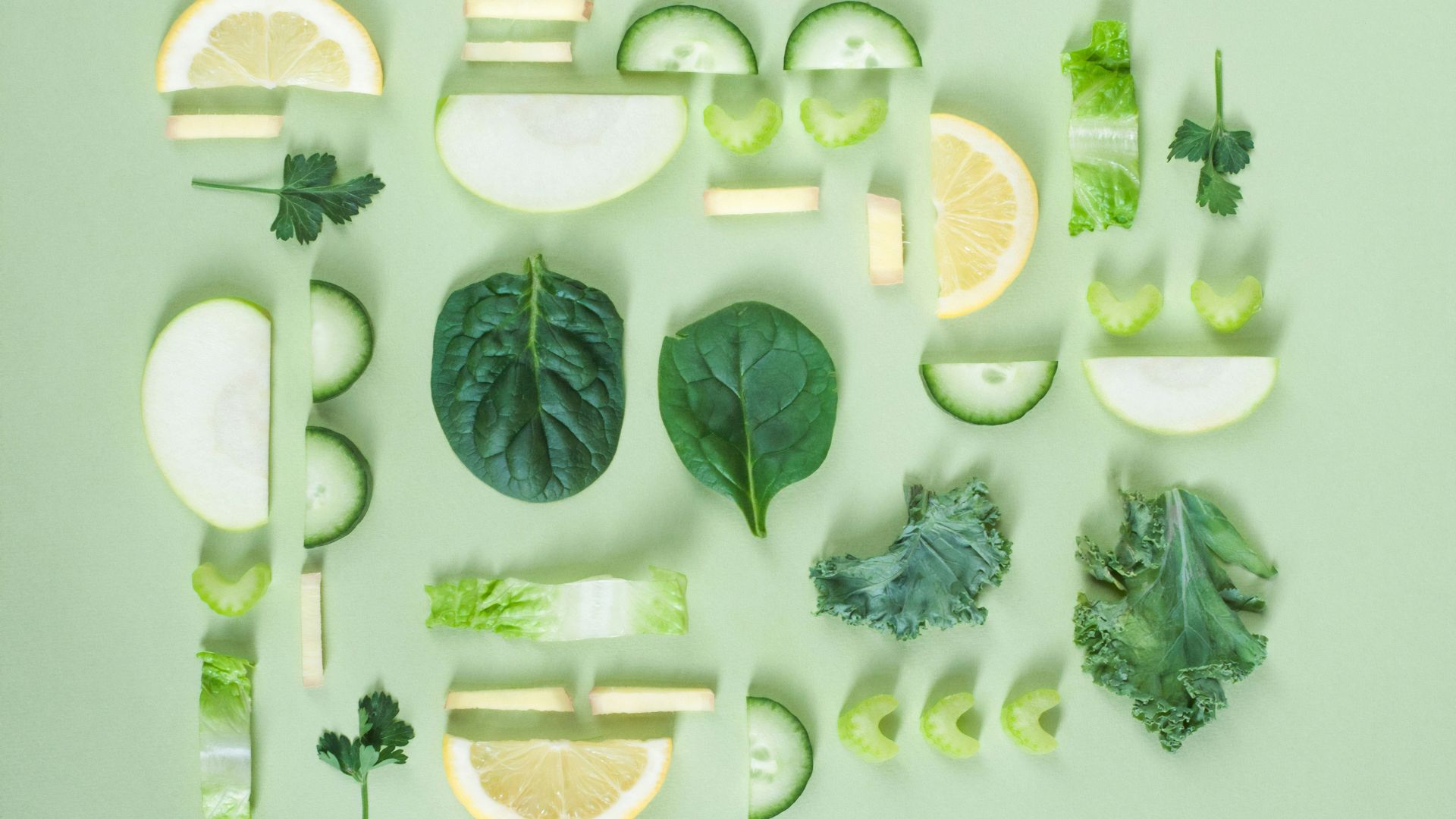
Fibrous vegetables include brassicas like kale, as well as tings like celery and broccoli
If you’ve ever tried to blitz up broccoli or a few celery sticks, you might well have noticed that after a while your machine struggles. The problem with high-fibre vegetables - which are extremely healthy for you, and should be included in a balanced diet - is that their molecular makeup doesn’t break down easily in their raw forms.
In a blender, the fibres of vegetables like broccoli or celery will inevitably be left once the ‘flesh’ has been blitzed down to a puree – incidentally making the task of cleaning a blender more tricky. These fibres are prime suspects for getting wrapped around the blades of your blender which will then mean your motor has to work harder, a process which can eventually lead to damage to your machine.
If you’d like to puree celery or broccoli for drinking, you’re best to use a juicer, or if you’d like them in a more solid recipe, simply blanch or boil first to soften some of the fibres, helping your blender to cut through them more easily.
6. Frozen fruit
We’re not saying that the smoothies you know and love are off the menu, but rock-solid frozen fruit has pretty much the same density as ice. Because of this, it can easily result in damage to your blender if your motor isn’t strong enough.
Julia Harvey, director of operations at Bodyism suggests the following: “Instead of going straight from the freezer to your blender, give frozen fruit a few moments to soften up slightly before you whizz it up into a puree. It’ll still retain its frostiness, making your drink nice and cool, but it’ll be much easier for your machine to break down and as such will help prolong the life of your blender."
"We also like to add a scoop of one of our plant-based food supplement powders to the mix, for an extra boost of vitamins and minerals.”
7. Bones
For recipes that require joints of meat or fish, like soups and stews, which are then blended in the final stages, be very careful about removing all the small pieces of bone to master how to use a blender properly for this purpose.
If you’ve cooked a piece of protein low and slow or added fish to your dish the chances are the meat will fall from the bones easily and separate in your sauce which can then be hard to find.
As might be expected, bones can be extremely tough to break down, especially for those found in red meat like beef or lamb. If you do accidentally blend pieces of bones in your blender, they may act to dull your blades which will mean less efficient blending of future foods.
8. Coffee beans
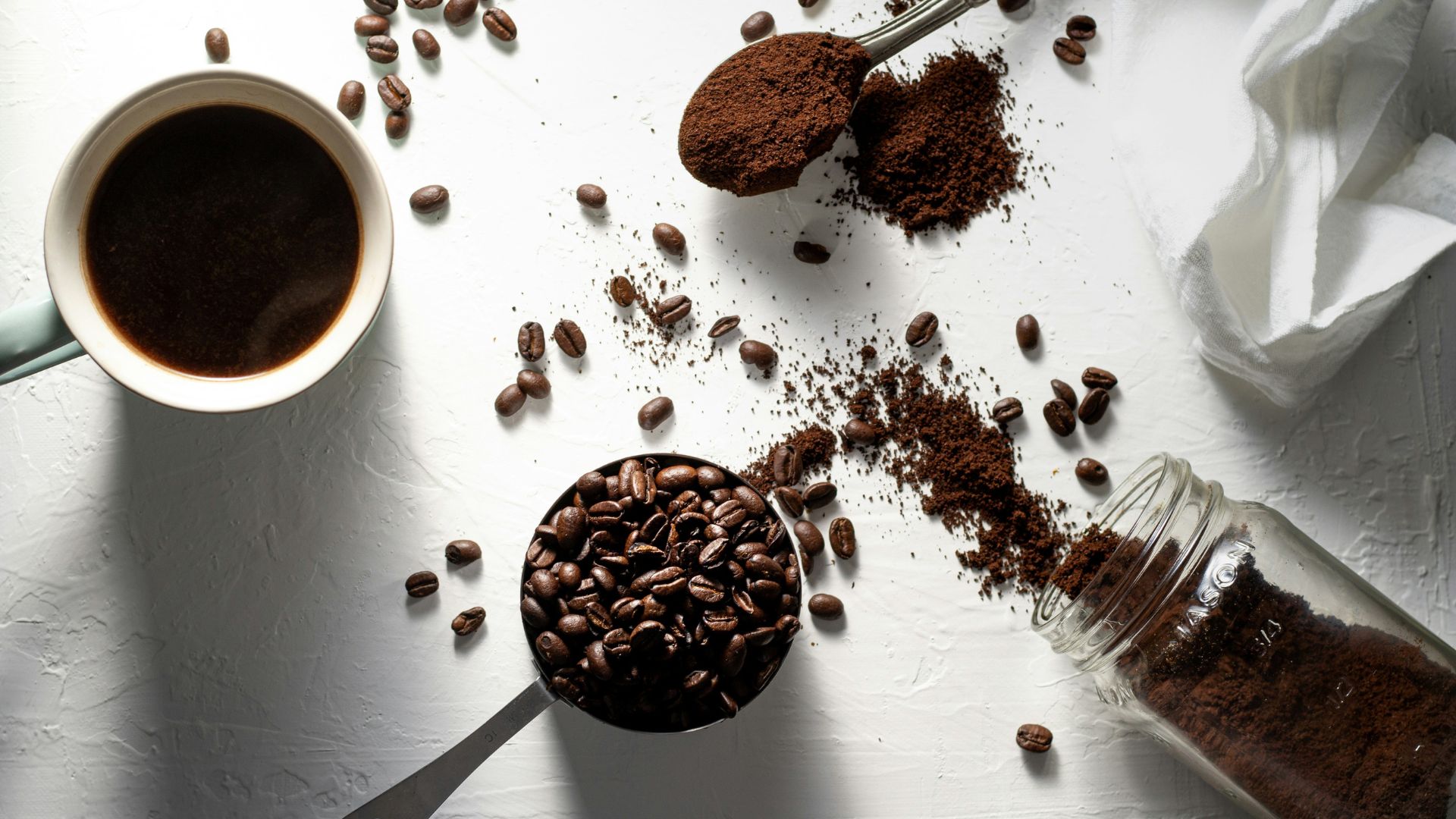
For coffee beans, you're best to use a dedicated grinder with a strong motor and sharp blades
For most people, throwing some coffee beans into their blender won’t end in disastrous results. You may get a more uneven grind than if you were using a specific coffee grinder, but the main gripe is that you’ll be blunting the blades of your machine over time.
“Coffee beans are super tough,” explains Woman & Home’s Food Director Jen Bedloe, “meaning that they require a combination of excess force and a really sharp blade to break them down. If you use a standard blender the likelihood is that you’ll dull the edges of your blades and in time your machine will then struggle to blend softer foods too.”
Stick to grinding the beans by hand or invest in one of the best coffee machines complete with that functionality to ensure Barista-style grounds with ease.
9. Spices
This isn’t so much to protect your blender, but rather to look at the most efficient way to do things in your kitchen. Blenders aren’t typically designed to grind small particles like dried herbs and spices, and as such aren’t the most useful tool to break them down. Their larger blades are more suited to chunky fruit, veg and pulses and won’t be able to break down dried herbs and spices into finer pieces in most cases.
For effective crushing of dried herbs and spices our deputy food editor at w&h, Rose Fooks, would recommend using either a classic pestle and mortar or a mini spice blender, specifically designed for the job.
She says, “In our test kitchen we love our spice blenders, they’re really quick and easy, get the job done speedily and are (crucially!) easy to store and clean when you’re finished. If you don’t have a spice blender, a pestle and mortar is great too, but just requires a little more elbow grease.”
10. Meat
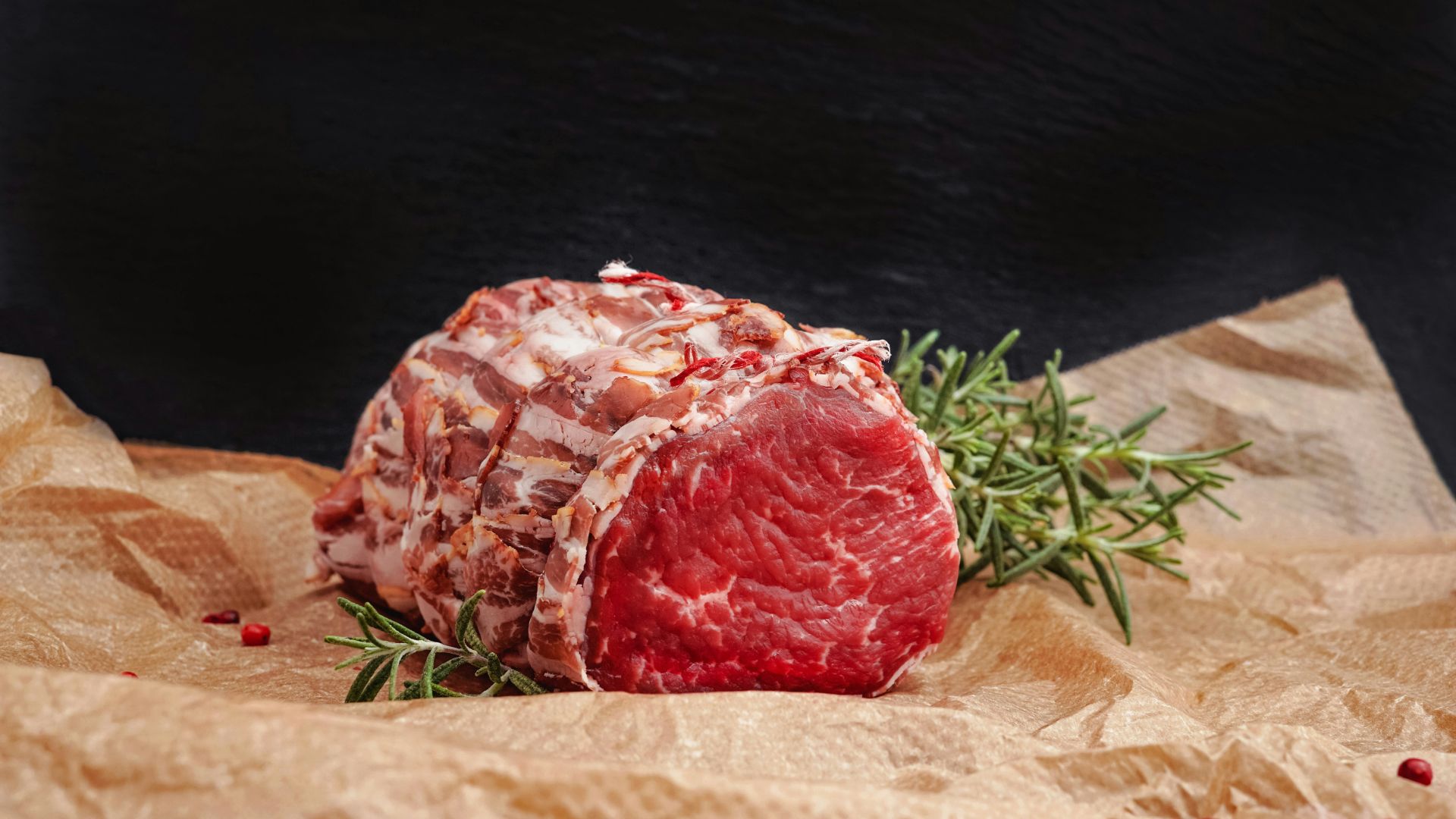
Rather than blending your meat, ask your butcher to mince it for you, or finely chop with a knife for a nice texture for tartares, burgers and meatballs
While there’s nothing technically stopping you from blending meat, the results may be less than desirable. W&H's food editor Jess Meyer explains why. “It’s not that you can’t blend meat if you have a strong enough blender, but it’ll end up pretty soft with a bit of a slimy texture if you continue to blitz it until completely smooth." Like with what not to cook in an air fryer, it's more a case of not getting the best results
"This will result in one-dimensional meat, which you don’t want if you’re looking to make juicy burgers or a nice Bolognese. Instead, ask your butcher to mince your favourite cuts and you’ll then retain a nice bite in your finished recipe.”
11. Too much liquid
This is a common pitfall of many a blender fan; being a little overzealous with the liquid. You see, adding too much liquid will mean you never get a smooth blend of whatever you’re making.
Instead, try adding a little liquid at a time, loosening your mixture gradually until the required consistency has been achieved. The opposite end of the spectrum, however, is adding too little liquid which can see your blender struggle to break down your ingredients, so it’s a careful balancing act of just the right amount of liquid to ensure everything is easily broken down.
Our pick of the 3 best blenders overall
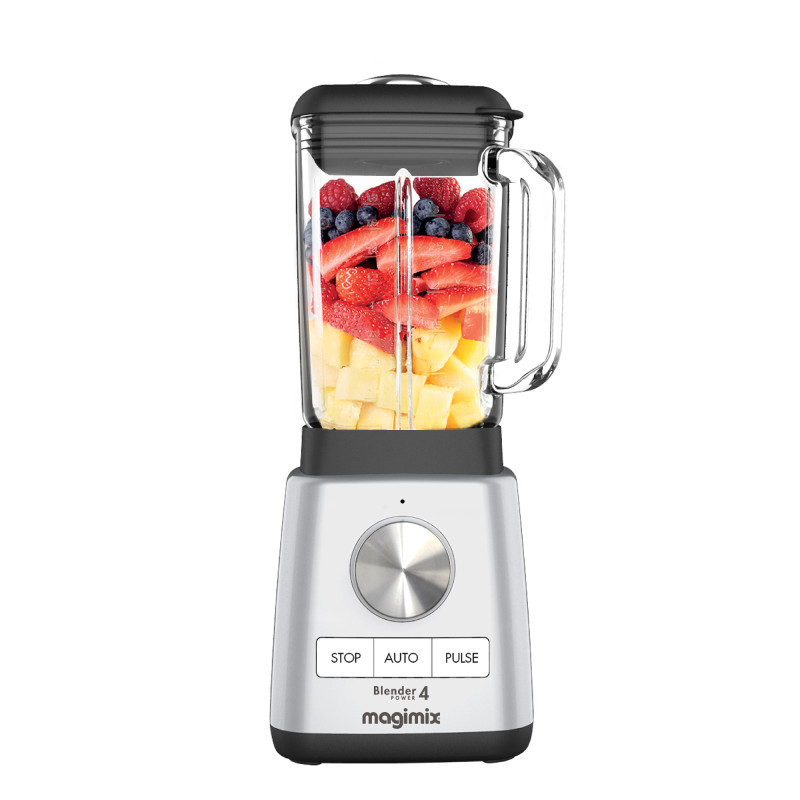
This powerful Magimix blender was identified as the best quality overall, meaning it excelled over all the others in our buying guide. Our tester found it blended everything like a dream and there's a choice of a 1.2 or 2 litre model. The drawbacks? It doesn't do hot mixes, the price tag is high and it wasn't the fastest for making quick smoothies.
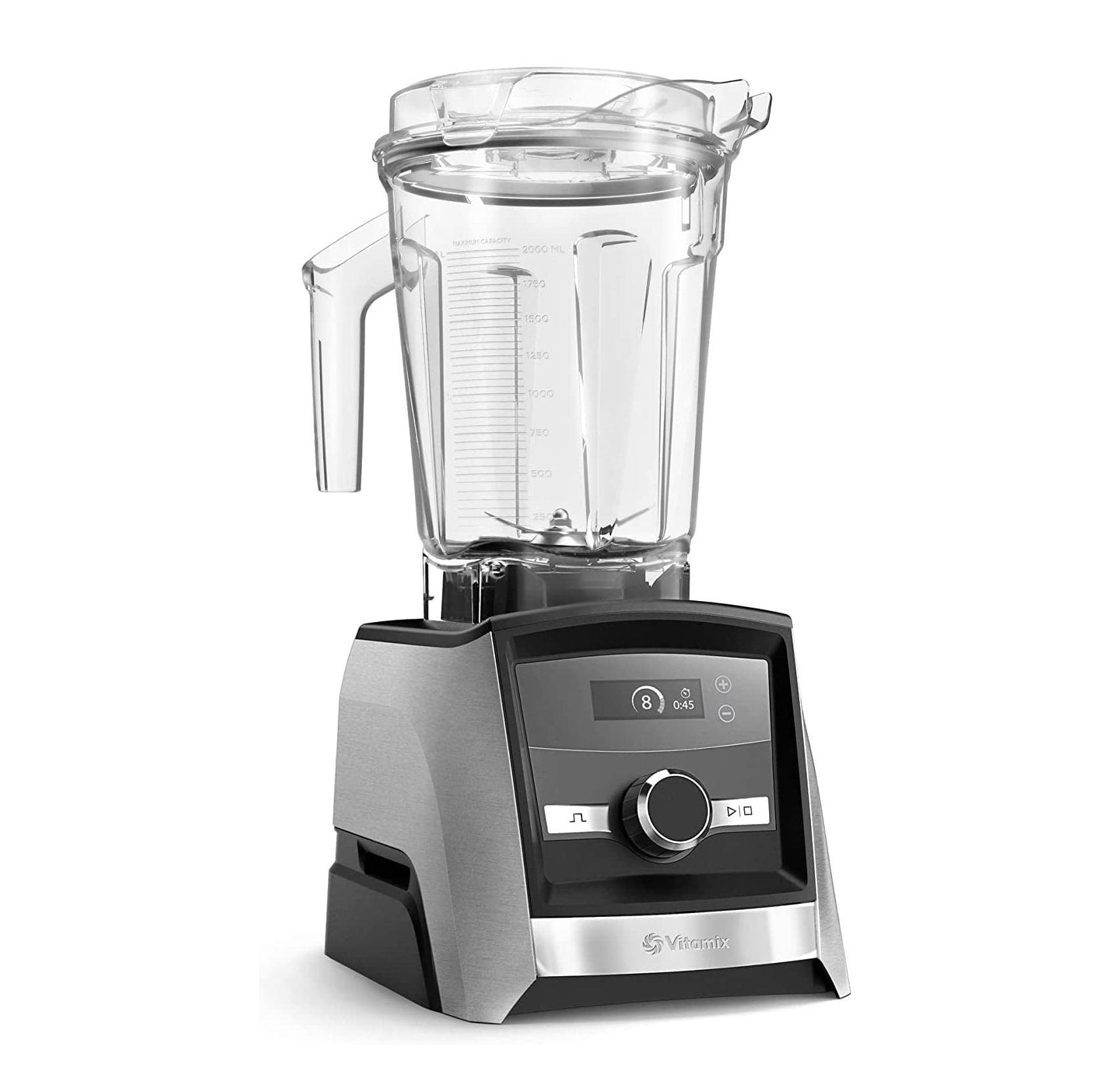
Our expert tester named this as the best to face any blending job, meaning it could probably handle most of the above with ease. Again, it is a pricey choice, but the quality and versatility of it are second to none. It out-performed with any test we threw at it, from batches of frozen cocktails to soups. For a do-it-all blender, this is the quality choice on the market.
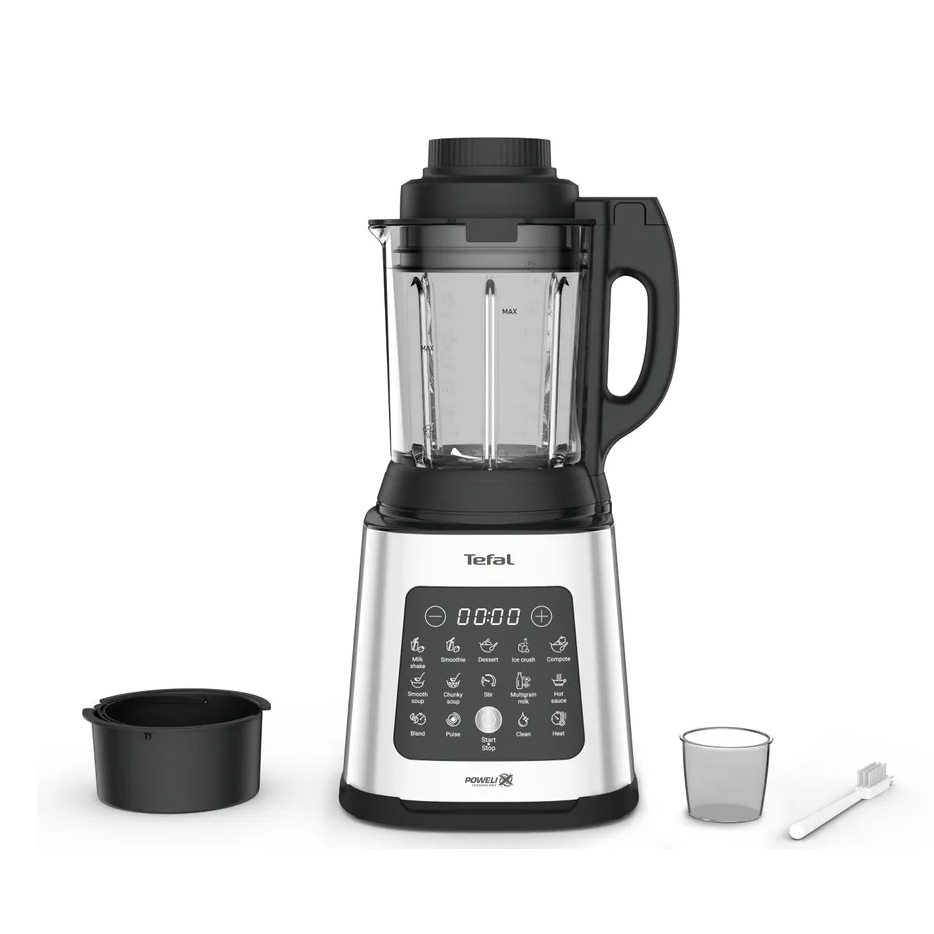
Let's not forget about value for money too. This ten-program blender is a true workhorse, with the ability to blitz up a warming soup just as easily as a smoothie thanks to a hidden heating element. It's speedy too, though we were disappointed that not all the parts of it are dishwasher safe. Overall though, the large capacity and lower price point make it a great family-friendly option.
What can spoil a blender?
Blenders vary in strength and design, so some things that might spoil one kind of blender won’t necessarily ruin another. We’d be careful with anything too dense, like ice or even meat and would always recommend checking instructions and care cards before setting out to make a recipe in your blender. It is often a case-by-case of deliberating food processor vs blender for the task at hand.
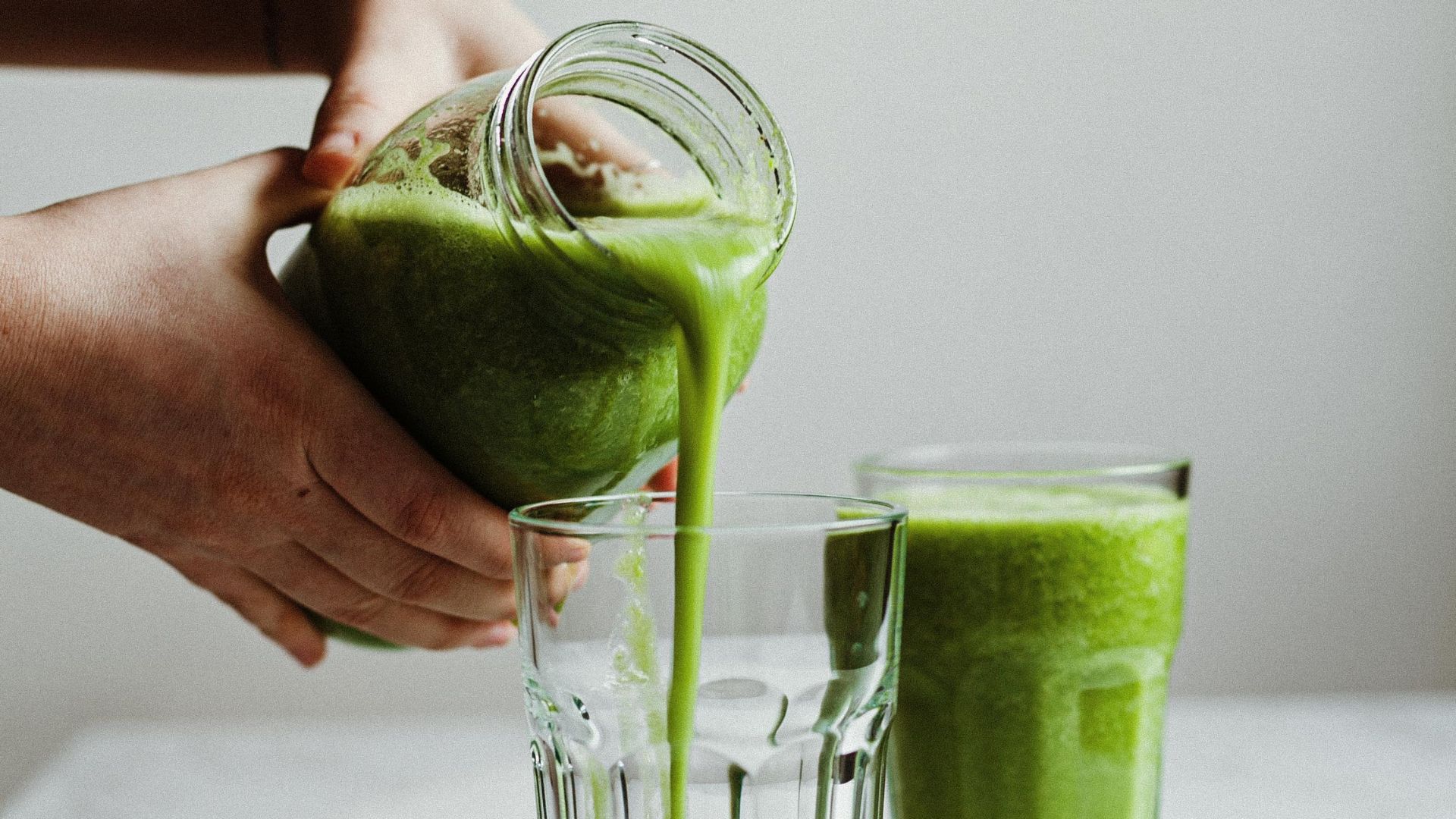
While there are few things that will spoil your blender, the good news is that most of these machines are pretty sturdy and do lots of multi-functional jobs in the kitchen
Will ice cubes break my blender?
In short, it depends on your machine. Sandra Duncan, Sales Training & Experience Manager at Sage Appliances explains that “it depends on the power of the blender and the blade. For Sage, this is not an issue within our blenders and juicers, as they are designed with ice in mind. However, ice cubes do have the potential to damage other blender brands.” This can be demonstrated by our 5-star review of the Sage Super Q blender.
If you’re looking to make chilled drinks with ice, like smoothies, it’s worth reading the specifications for each brand to make sure your chosen machine will be able to deal with the ingredients you need it to.
Rosie Conroy is a food and drinks journalist with over a decade of experience working for big-name titles in both print and online. Formerly the Digital Food Editor of woman&home, Rosie went on to head up the team at SquareMeal, reviewing the best London restaurants and hunting out emerging culinary trends. With previous experience in food styling and recipe development, Rosie knows what to look for in a good piece of kitchenware and has extensive experience testing consumer goods—from kitchen electricalz and cooking accouterments through to new foodie treats.

